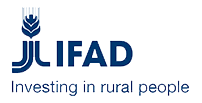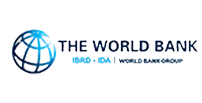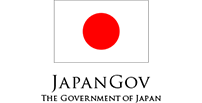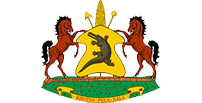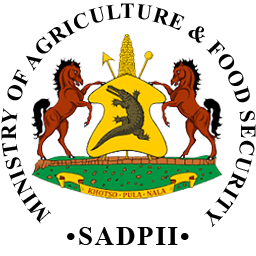- SADP II
- SADP II
SADP II
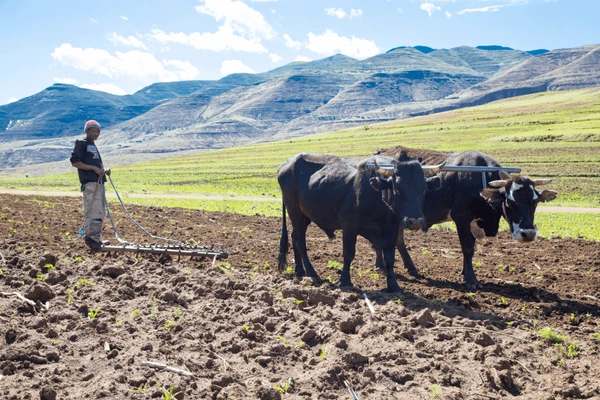
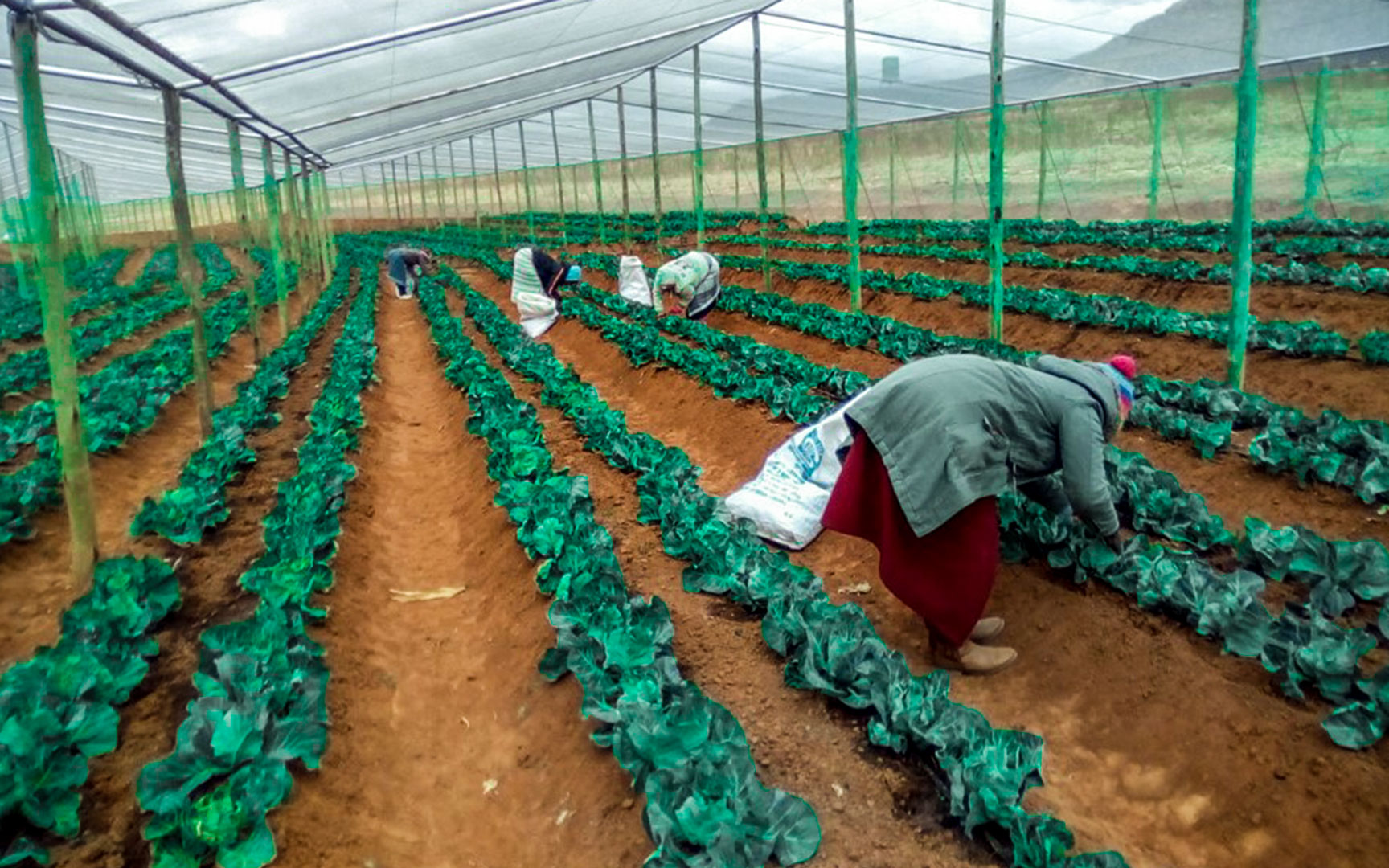
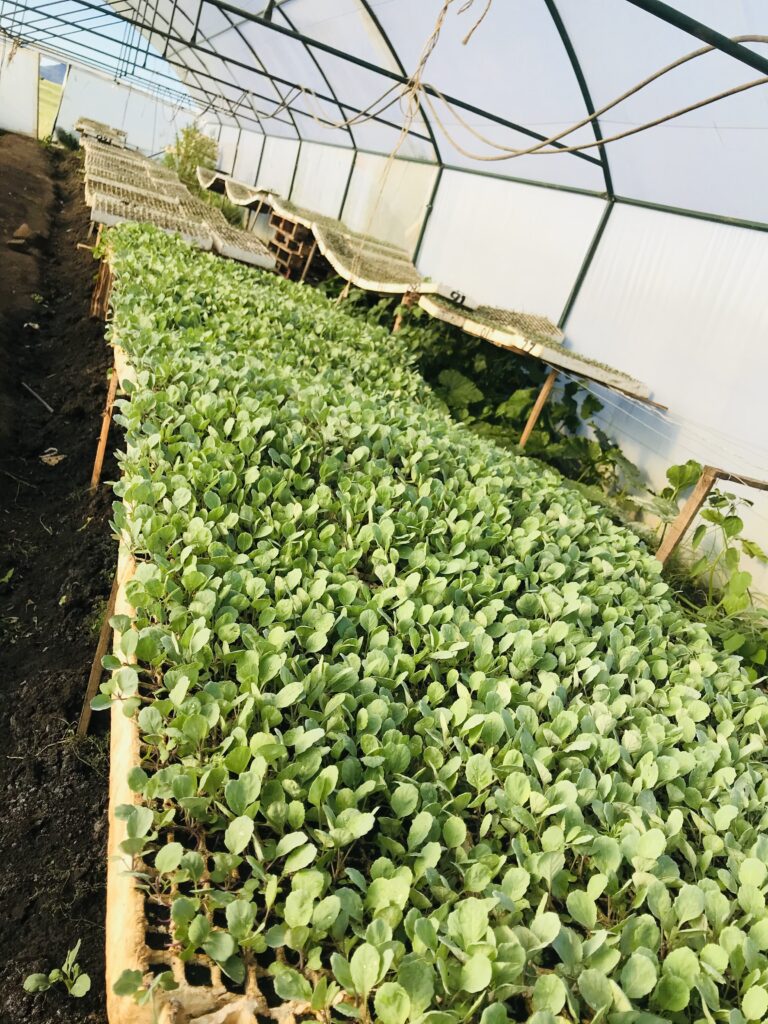
Get to Know about SADP II

Project Summary
The Government of Lesotho is implementing the Smallholder Agriculture Development Project II (SADP II) with financial support from the World Bank, Government of Japan and the international Fund for Agricultural Development (IFAD). The Project covers ten districts of Lesotho:
Agriculture
91%
Strategies
Climate Resilience and Nutrition Security
- Agricultural diversification
- Stress-tolerant crop and livestock breeds
- Biofortified crops
- CSA practices at the farm level
- Landscape approaches
Commercialization
- Agricultural value chain
- Commodity standards
- Warehouse receipt system
- Greenhouse agriculture
- Market infrastructure development
Capacity Development
- Agricultural research and extension
- Knowledge development
- Integrated weather and market advisories using Big data and ICT
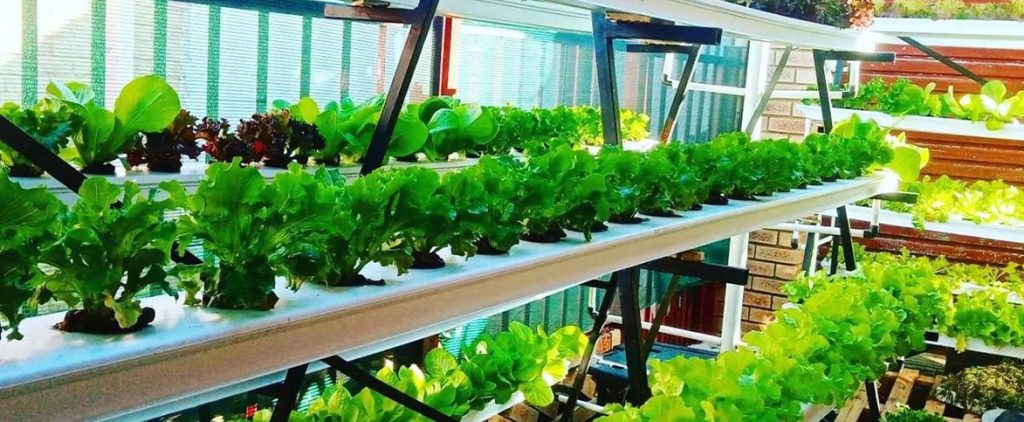

-
Email Us
[email protected]
-
Call Us
+266 22312578
-
Location
Livestock Offices
-
City
Maseru
-
Country
Lesotho
Get in touch
